You’ve got the design sorted and now it’s time to choose from the many different signage materials. The questions are flying everywhere: Which one is best suited for your use? What is your budget? How sturdy does it need to be? Is it for indoor or outdoor use?
Thankfully, we’ve got the answers. Here’s a guide to the most common signage materials we work with at Positive Signs, along with what they're best used for.
Common Types of Signage Materials
ACM (Aluminium Composite Material)
A go-to for long-term signage indoors and out. ACM has a polyethylene core sandwiched between two thin aluminium panels. It’s flat, lightweight, and durable, with minimal flex. ACM is also recyclable and available in a range of colours.
Best for: Building signage, site signs, gate signs, footpath signs, 3D cut lettering.





Corflute (Fluted Plastic)
Lightweight and cost-effective, Corflute is made from corrugated polypropylene. It’s ideal for short-term and temporary signage, especially outdoors for a few weeks at a time.
Best for: Real estate signs, construction site signs, event signage, temporary promotions.



Foamboard
Foamboard features a lightweight foam core with a paper surface, perfect for mounting prints. It’s strictly for indoor use and offers a professional look for short-term needs.
Best for: Event signage, internal wall displays, plan presentations.


PVC Banners
PVC is a flexible vinyl used for banners. These are versatile, portable, and reusable, but best used outdoors for short durations due to potential sun and wind damage.
Best for: Promotional banners, event signage, markets, pop-ups.



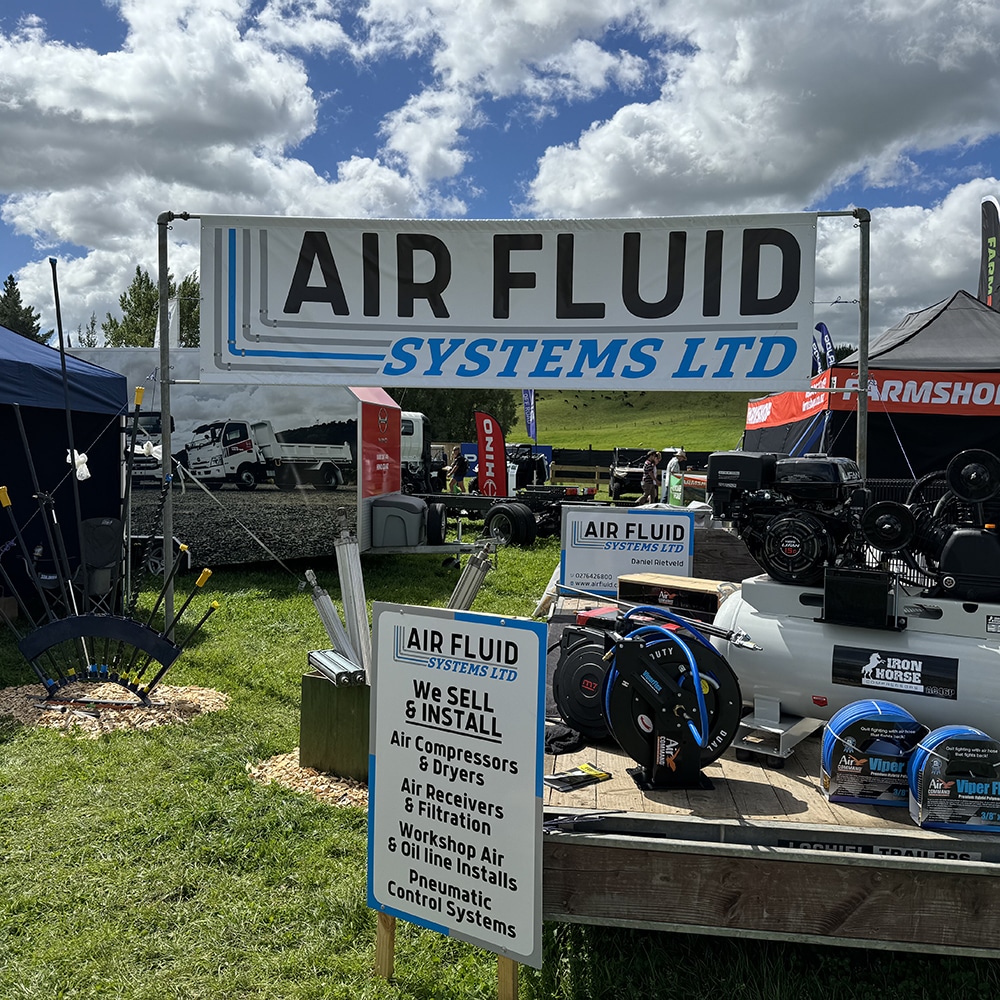
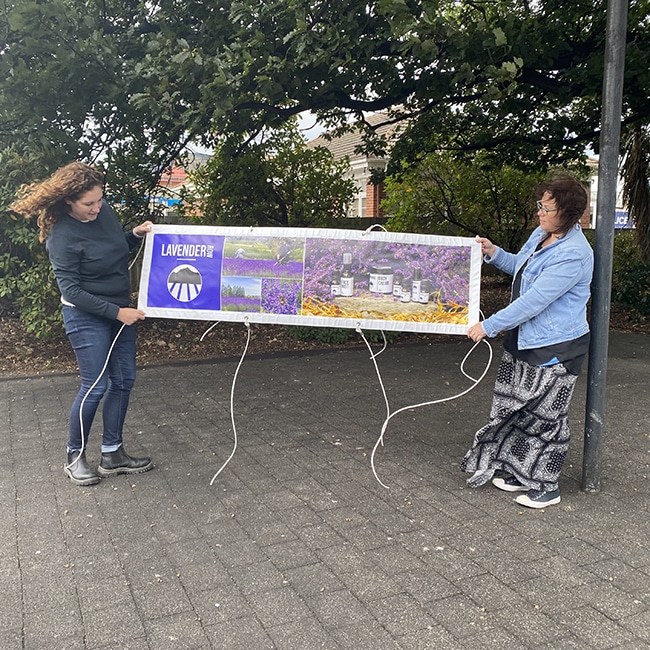

Acrylic
A tough, glossy option often used for high-end indoor signs. Acrylic can be cut to custom shapes and paired with adhesive vinyl or printed graphics. It’s also commonly used in lightbox signage.
Best for: Reception signs, office signage, lightboxes, 3D Lettering.




Vinyl Decals
Cut or printed vinyl applied directly to windows, vehicles, boards or walls. Decals are budget-friendly and long-lasting.
Best for: Store windows, business hours, wall quotes, vehicle signage.


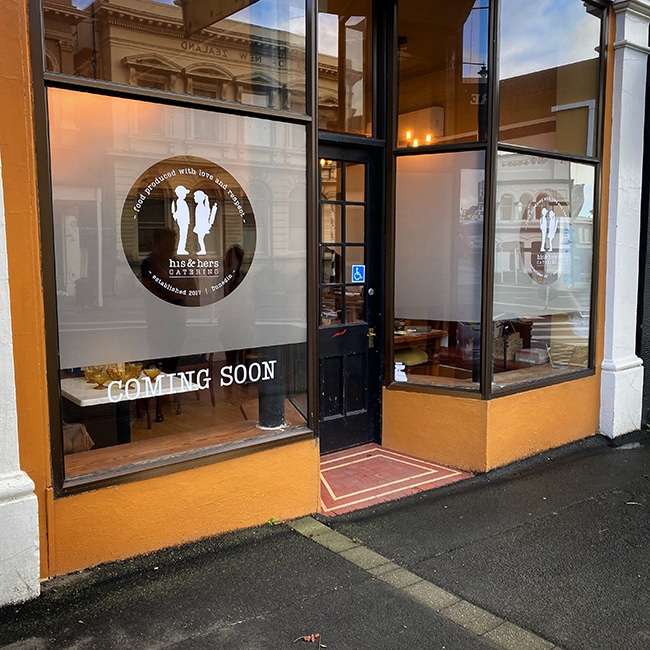


Window Frosting & Manifestation Film
This semi-opaque vinyl is used to provide privacy and to comply with NZS 4223.3:2016 safety regulations, which require glass manifestations on full-height windows or doors. Custom designs allow for branding integration while increasing safety.
Best for: Office glass partitions, shopfront windows, privacy screens, compliance marking.




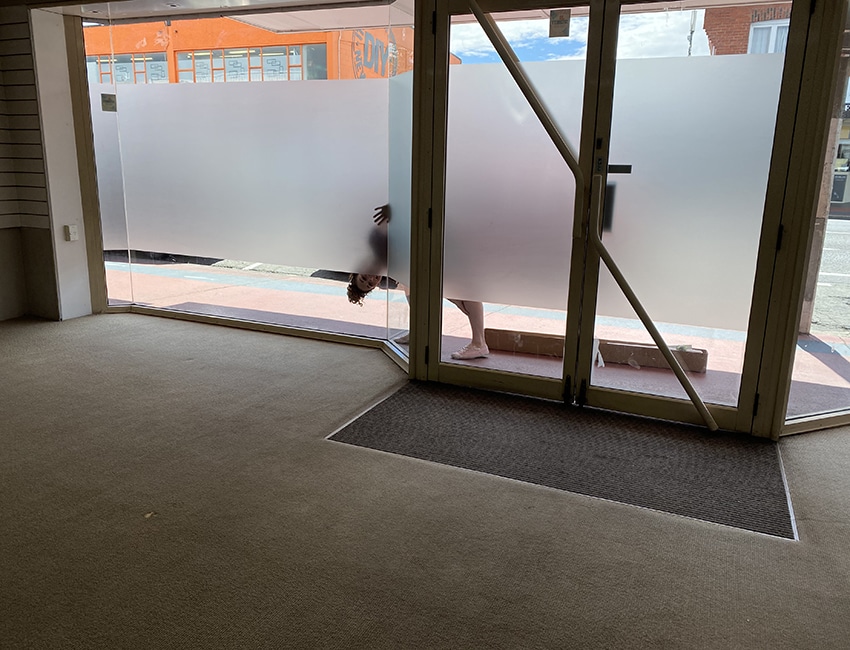
Synthetic Poster Paper
Durable and tear-resistant, synthetic paper is waterproof and perfect for display posters that need to withstand some handling or moisture.
Best for: Site plans, pull-up banners, outdoor posters, swimming lesson guides.

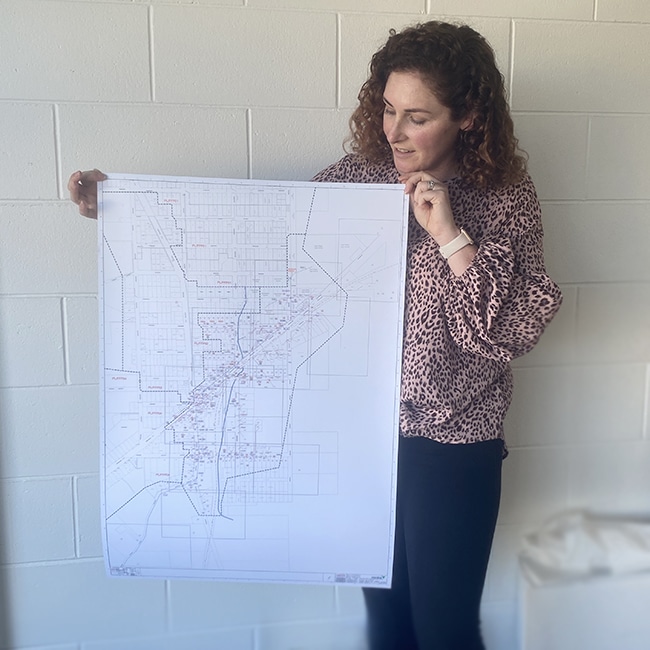



Card Stock
A heavier paper material commonly used for smaller indoor signs, table talkers, and freestanding displays. Card is affordable and easy to produce in short runs, but best kept away from moisture.
Best for: Point-of-sale displays, indoor event signage, tabletop signs.


Canvas Prints
Canvas gives a premium textured finish, ideal for art reproductions, photos, or upscale décor pieces. Printed and stretched over a frame, it’s designed for indoor use and adds visual warmth.
Best for: Wall art, reception areas, gifts, and décor signage.
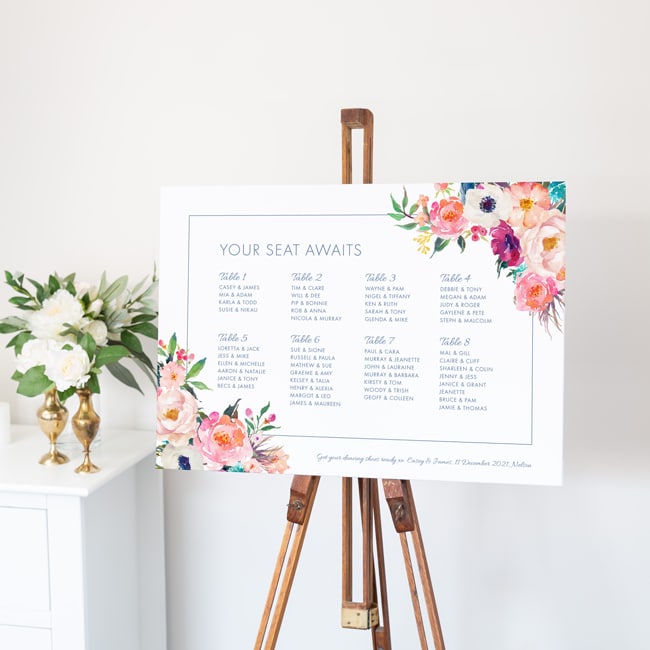
Signex Foam PVC
Signex is a hard, heavy-duty foam PVC material used for durable 3D lettering and structural signage. Available in black or white and offers a clean, professional finish with added depth.
Best for: Dimensional lettering, indoor and outdoor 3D signage, branding elements.



Need Help Choosing?
Our experienced team can guide you through material options based on your sign’s purpose, location, and budget. We’ll also advise on design tweaks and durability to get the most out of your signage. Based in Mosgiel, we work with clients across New Zealand. Ready to get started? Get in touch.

